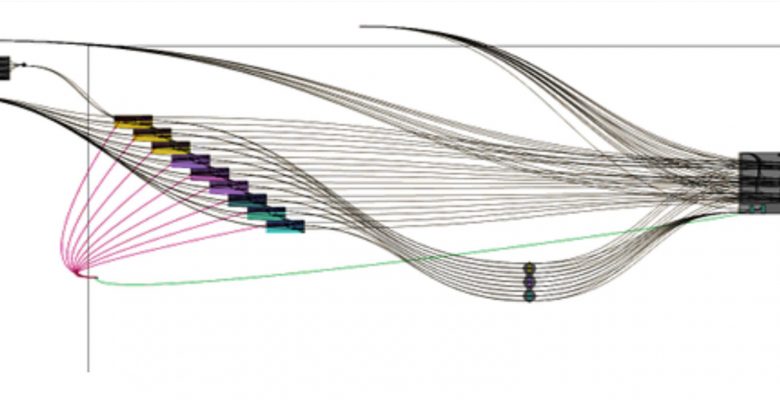This article documents the use of Grasshopper and Galapagos (Rhino plugins) as analytical tools to graphically represent and optimize the adjacency requirements in programmatic spaces. The resulting three-dimensional spatial diagrams are evaluated based on evolutionary fitness, which within this research context is defined as minimizing the numerical value of the total distance of all interconnected programmatic elements. This approach offers a unique system of analysis that can create an extensive range of otherwise unexplored solutions to space planning when faced with complex adjacency requirements and a large number of programmatic elements. The Grasshopper script is a significant leap forward over existing research in this area, with the ability for users to define an irregular shaped site boundary, input multiple stories, relate program elements to external adjacencies (views, parking, etc.) and handle an unlimited number of program elements. Consequently, the resulting script can be used as an aid in the schematic design of buildings that have inherently complex programmatic relationships. This article uses a three-story hospital on a sloping site with fifty program elements to demonstrate the efficacy of this approach.
This article originally appeared in Vol 07.02 ((Special Issue: Future of Architectural Research/ARCC 2015 Conference)) of the Perkins+Will Research Journal. CLICK HERE to see the whole article.

